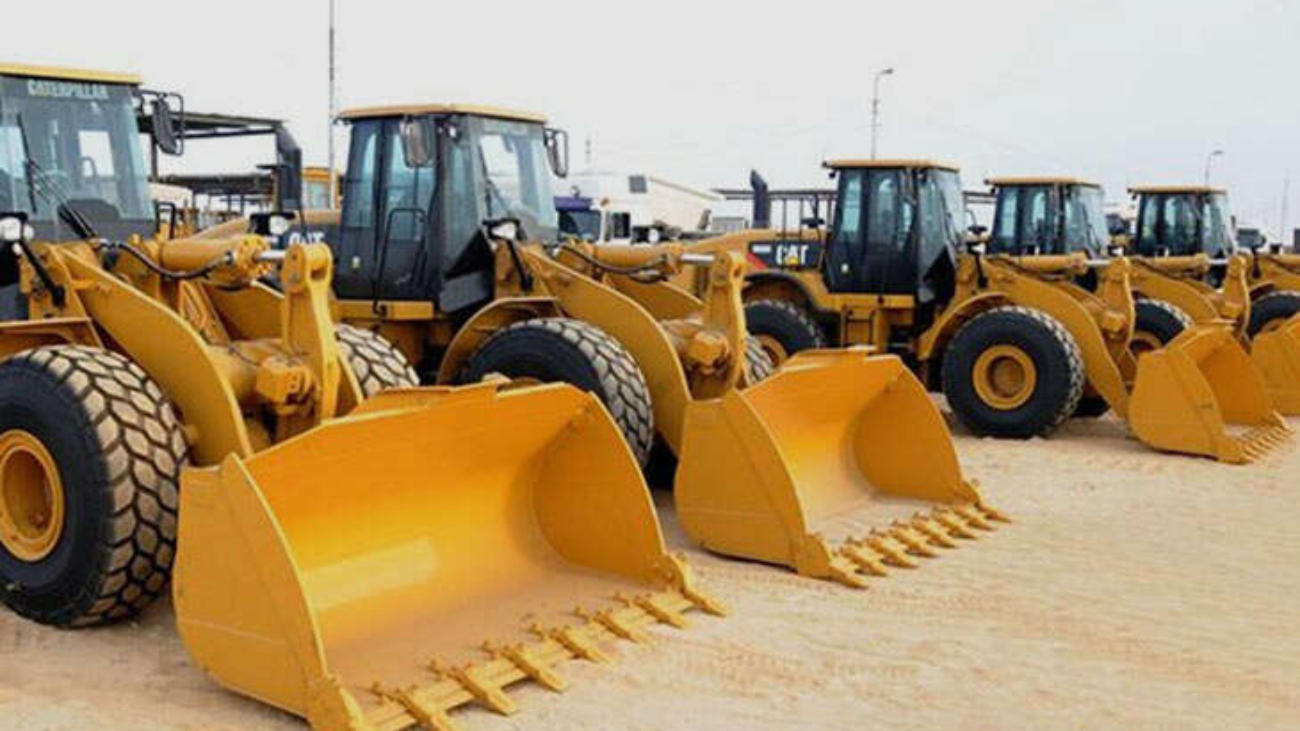Many investors, factories, and production line owners, or those in agribusiness don’t have a clear image of the true value of their equipment, which may be important for many reasons.
business owners may want to buy or sell a truck or a used machine and need to know its fair value, or insurance coverage for the equipment, or use it as collateral for financing purposes.
So, to do this you need to work with machinery valuation companies, which are usually the same companies evaluating different assets, but specialized in evaluating machines and equipment through accredited valuers specializing in this particular branch, including us “QIAM” for valuation services.
What are the purposes of evaluating production lines, equipment, and valuation approaches “methods”?
1. Buying or Selling machinery
When buying or selling used equipment the most used methods are:
Fair market value, structured liquidation value, forced liquidation value
The choice of suitable method depends on the different conditions of sale and purchase, and in most cases, the value is lower in cases of a forced sale, as the owner does not have sufficient time to obtain a buyer at a better price and so on.
2. Insurance
Usually, insurance companies need to know the true machinery values for insurance claims, or to ensure that they have adequate insurance coverage, or in cases of wanting to obtain new insurance, so it is imperative to receive valuation reports through accredited valuers before you ask for insurance services.
Used methods:
- Actual cash value
- Replacement cost
- Maintenance cost
3. Financial reporting & Finance purposes
business owners may own machines and equipment that they don’t plan to sell and want to continue to use, but need to know their market value for the financial reporting, or finance
usually, the cost approach method is used but some banks may offer to ask for a valuation report based on the forced liquidation value.
Examples of machinery that can be evaluated:
- Production lines.
- Industrial equipment.
- Agricultural machinery.
- Storage equipment.
- Food production equipment lines.
- furnaces
- Construction equipment and machinery.
- Medical devices and equipment.
- Cleaning and recycling equipment.
- Trucks and transport vehicles.
What are the three stages of the machinery & equipment valuation process?
1) Pre-contracting stage:
that includes meeting with the client, verifying them, introducing them to the valuer and the facility in which they work, approaches and methods used in the valuation process for machines, equipment, and industrial establishments, discussing risk management, determining the scope of work, resources, and schedule, inform them with fees and costs, and signing contract.
2) Pre-evaluation stage:
It includes receiving the evaluation request, determining the purpose of the evaluation, determining the machinery and equipment to be evaluated, determining the valuation date and the appropriate value basis, and collecting typical information for the asset to be evaluated, including:
- Brand/manufacturer.
- Model.
- size.
- Serial Number.
- The carrying capacity.
- Estimated virtual age
- Purchase cost / original cost.
- Date of purchase and manufacture.
- Name of the supplier.
- Country of Origin.
- machine specifications.
- Additional equipment is attached to the machine.
Collecting cost and market data, including:
- Price guide records.
- Invoices submitted by the customer.
- Cost and market price database.
- Auctions and dealers.
- Previous evaluation reports.
- Client financial records.
Collecting diagrams & architectural plans, including:
Geographical diagrams, site diagrams, location of machinery and equipment, process flow diagram, piping and instrumentation diagrams, and machinery workflow plans.
3) evaluation stage and report & Report issuing
It is imperative to choose the appropriate approach and method for evaluating machinery and equipment, based on several considerations, including purpose and value basis, type of machinery and equipment, and the information provided by all evaluation parties.
After completing the previous steps, the valuer should begin writing the evaluation report in compliance with international valuation standards, national or international accounting standards, regulatory issues, financial services regulations, and all concerned parties.
What should the appraisal report for machinery and equipment contain?
The Saudi Authority for Accredited valuers requires that the evaluation report include the scope of work, the valuer’s information, the client’s information, assets to be evaluated, the purpose of valuation, the basis of value, and other conditions.
The laws also oblige valuers to include the used method, reasons for choosing this method, methods applied, the assumptions presented and evidence of these findings, and the main reasons for any result.
The report should also contain other elements, including:
- The date and period of the valuation process.
- Definitions and terms.
- The location of the machines.
- description of the machines.
- Photographs taken of machines and sites.
- All layouts and drawings.
- Any other information related to the valuation process.
three appraisal methods are considered when valuing a piece of equipment:
- The cost approach method.
- The sales comparison approach method.
- The income approach method.

